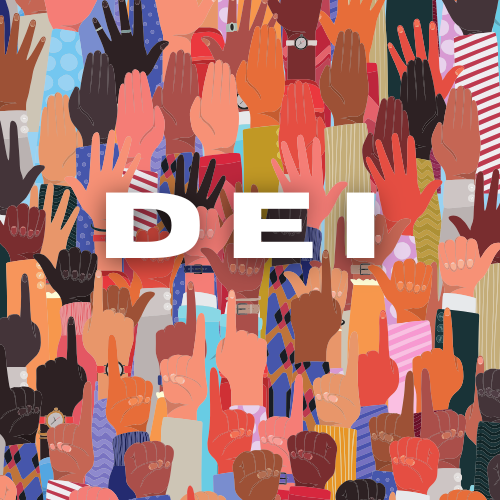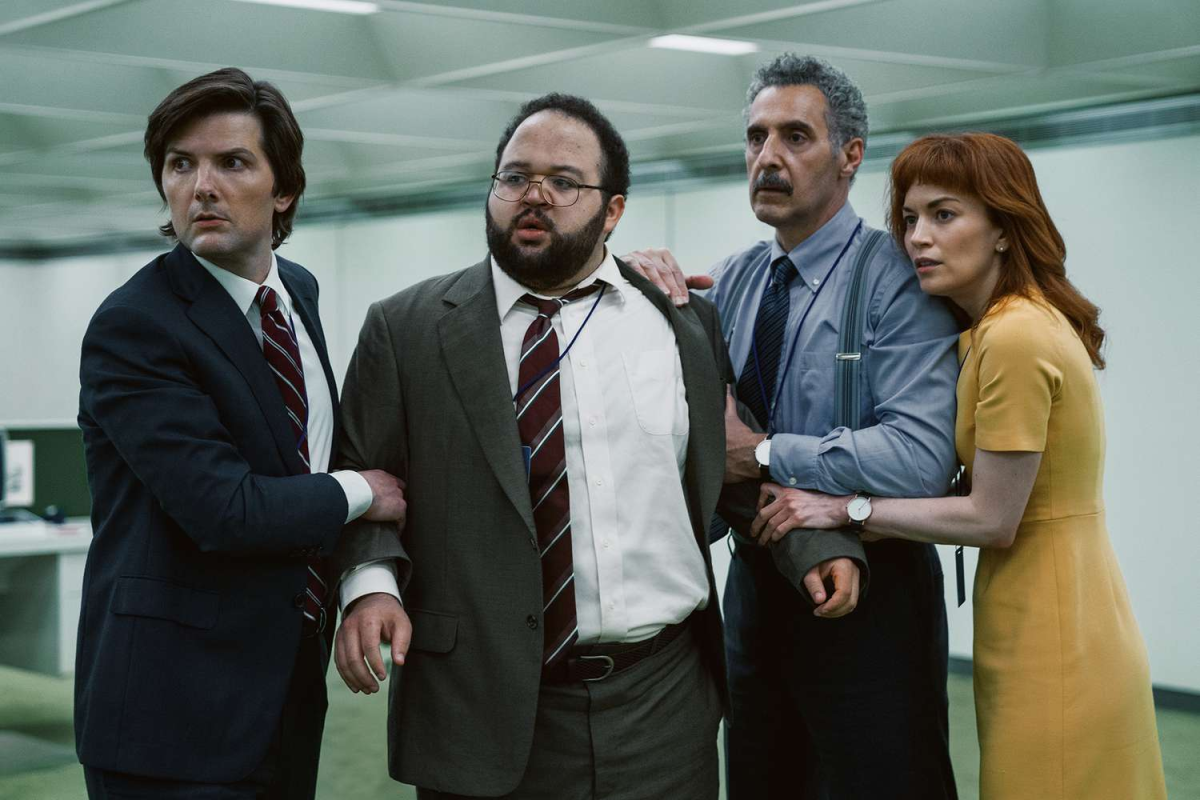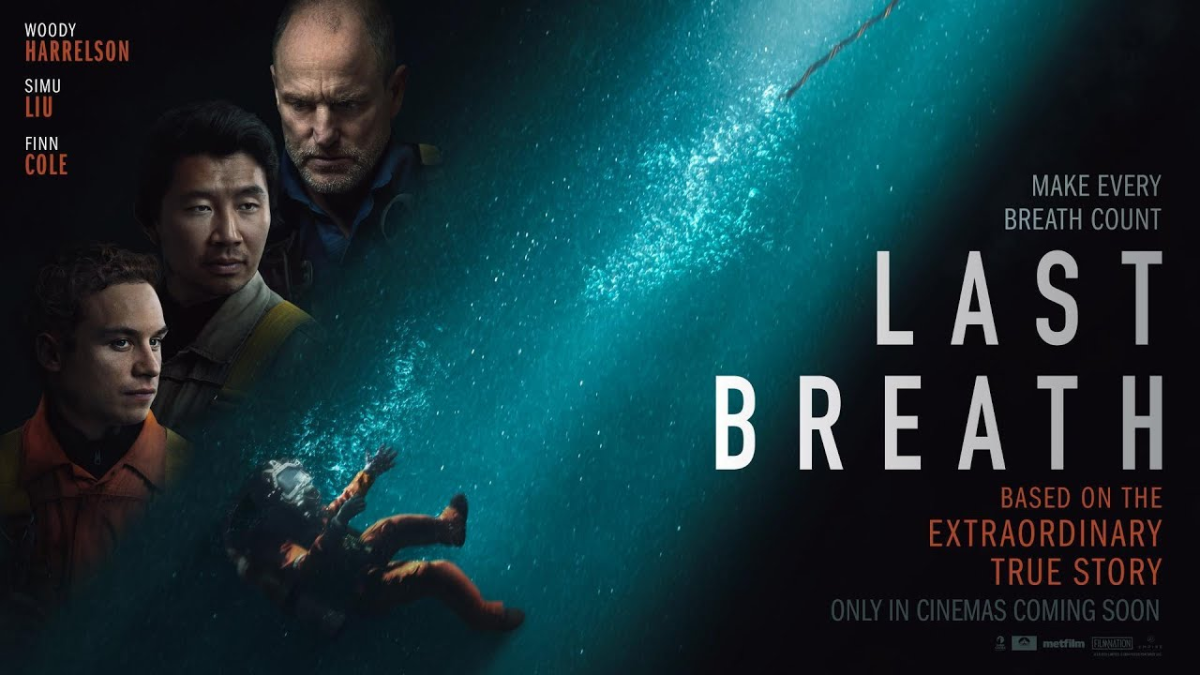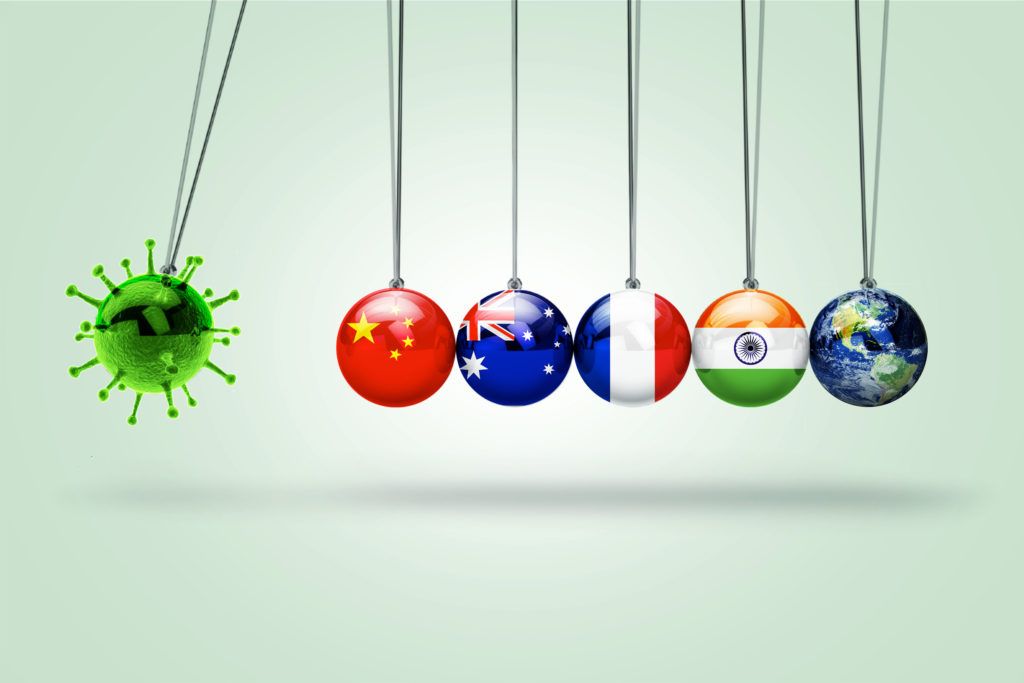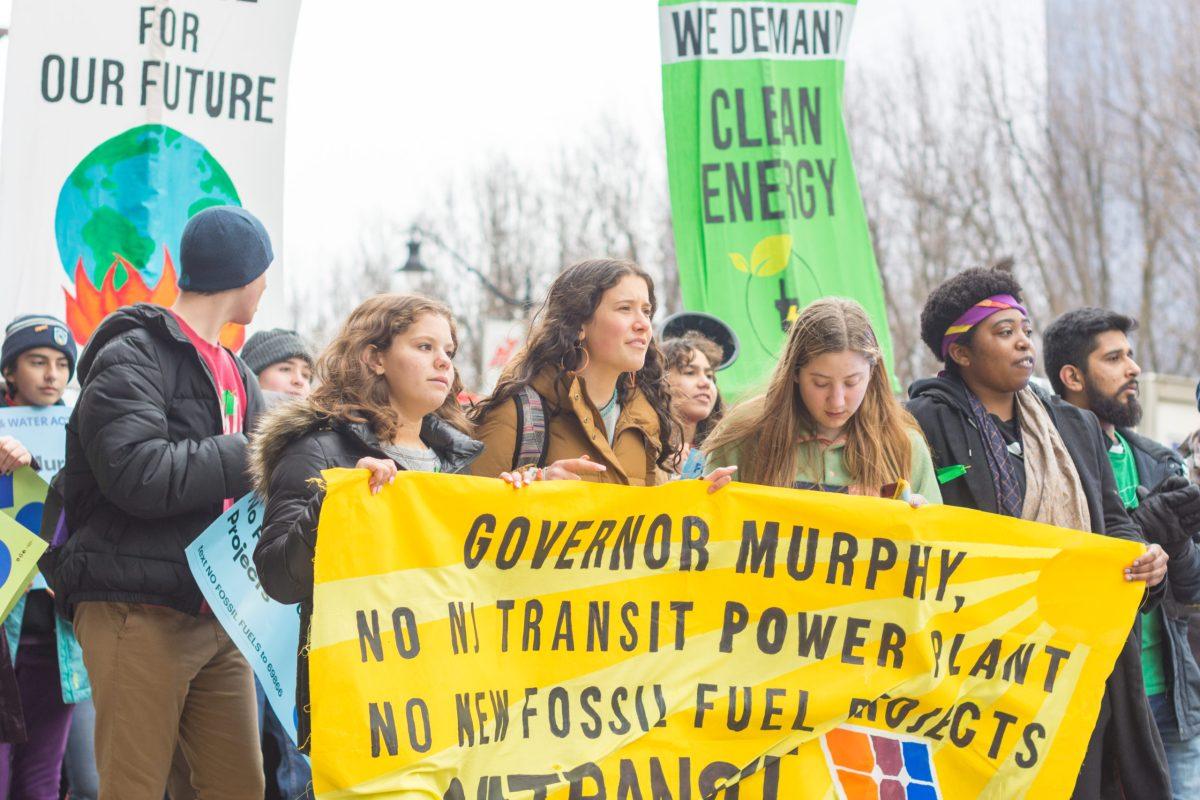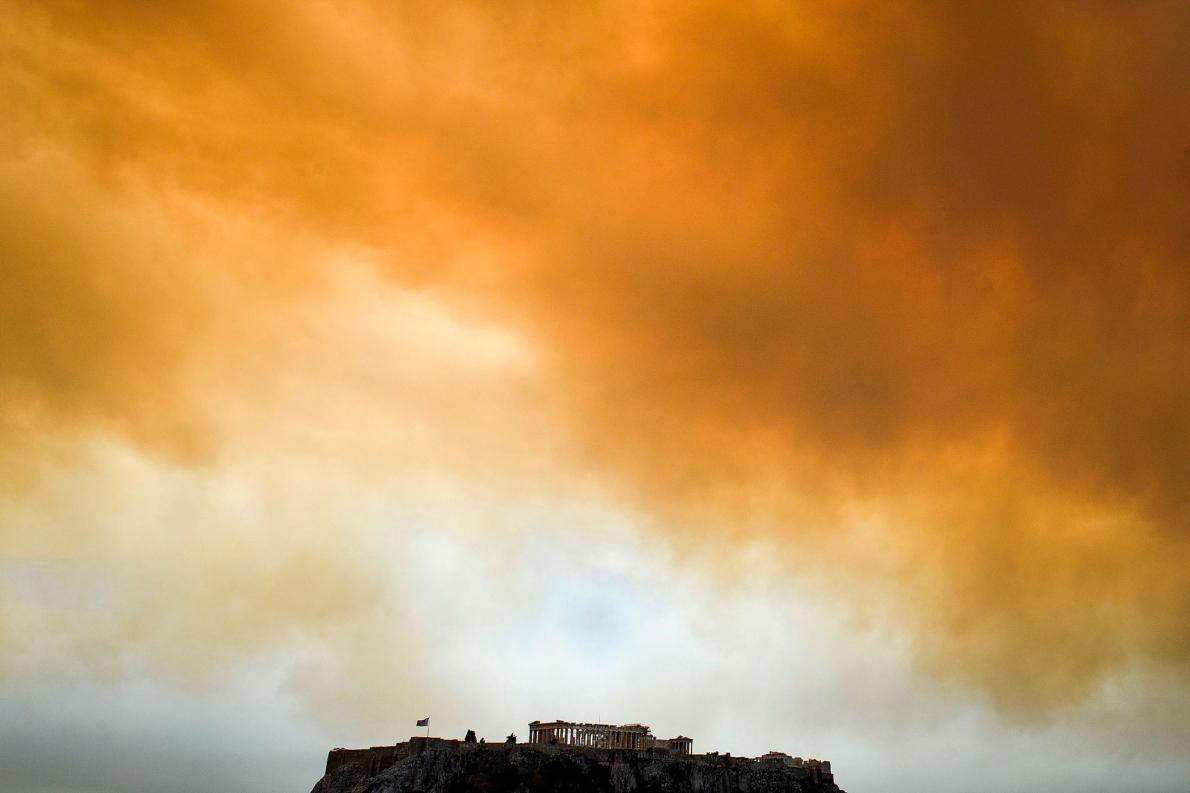As this crisis continues and we adjust to a drastically new way of life for the foreseeable future, it is a great time to reflect and use this opportunity to grow personally and acknowledge that the impossible is possible. Among so many crises in the world, oftentimes people feel powerless against them. But as a society we are actively proving that change does in fact happen when everyone comes together, and while we have a bipartisan leadership guiding us. Using this principle, now is a great time to brainstorm ways that we can continue to use the mindfulness, patience, and creativity that we have gained during this period of quarantine to develop the skills necessary to fight another looming and ever worsening crisis: climate change. The COVID-19 pandemic has shown us a wide variety of methods to try to implement preventative action to save lives. It has been an eye-opening lesson that the earlier action is taken against a threat, the better we can prepare to cope with the fallout and the more effectively we can see the results.
We cannot directly see the effects of climate change in the same ways we see the effects of COVID-19, nor are the consequences as quickly realized. However, climate change is a pandemic. No country is immune, and every person has a duty to do what they can to help slow the spread or flatten the curve of these effects. For decades, leading climatologists have been begging and pleading with politicians to take preventative actions in lowering greenhouse gas emissions. Since the beginning of the COVID-19 pandemic there has been a decrease in emissions in many countries. So many of the practices that were the driving force of such pollutants have come to a halt and we have been able to visualize what a shift towards a more environmentally conscious economy might look like. Many jobs that used to be strictly “in office” have shifted their business to allow for remote work. Travel has been limited and many manufacturers have slowed production for the time being, and it is worth thinking about what we should be changing to minimize our interaction with others if viruses like COVID-19 hit the world’s rapidly growing population again.
The rise of the COVID-19 pandemic has forced most countries to drop their political agendas and conflict to band together and protect the world’s population, an attitude we must take into the future. Global threats can cause the whole world to come together and set realistic goals to combat our common enemies and climate change should be no exception. There is a Native American proverb that goes “We do not inherit the earth from our ancestors; we borrow it from our children.” During this crisis we have all stayed inside to protect at-risk individuals and to ensure the safety of as many people as possible. In the same way I think it is time for us as a society to start practicing this type of selflessness more frequently and think about our Earth’s resources through that lens.
Following an environmental agenda is not going to be easy, but the past few weeks have shown us that people can act swiftly and adapt to ensure the safety of others. During this crisis people are forced to constantly think about how their day-to-day actions impact others—what germs they are leaving behind, when to travel and when to shop to minimize the possibility that they will contribute to the spread of COVID-19. Imagine a world where people invest the same energy into thinking about their carbon footprint. Just like we can’t see germs, we can’t see that disposable fork from the takeout we ordered at lunch decomposing for hundreds of years, nor the amount of water or CO2 that goes into producing a hamburger. But maybe, we can learn to think in a way that acknowledges the very real and looming threat climate change has on our society by demanding changes from businesses, from the government and from each other to rally behind this crisis we may be facing for decades.


